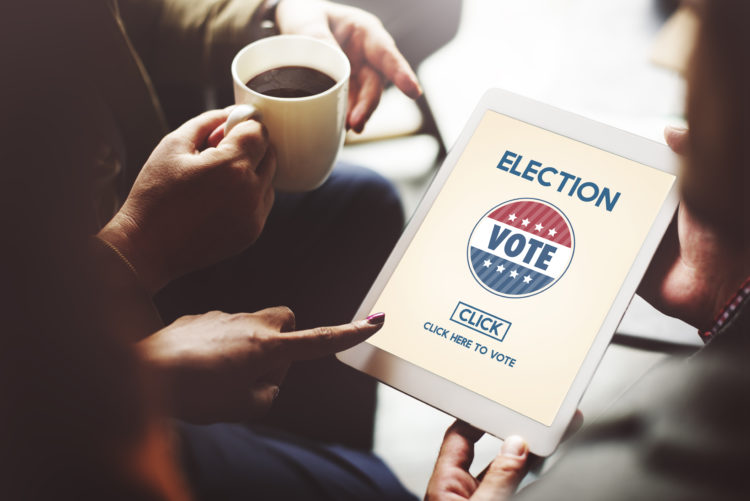
Photo Credit: shutterstock
Ever since Barack Obama launched a phenomenally successful social media campaign to win election in 2008, there’s been a popular fascination with the ways that the online social networking space might be a way to drive electoral results. Build your Facebook or Twitter presence big enough, and you could really leverage that base of support to get a boost in the polls. But that “social media narrative” doesn’t seem to be happening in this 2016 presidential election.
Yes, sure, social media has become part of the discussion surrounding the 2016 presidential election, but for all the wrong reasons. Take Donald Trump’s tweets at 3AM in the morning, for example. Twitter has transformed from being a tool of voter mobilization into being an easy way to generate a “tweet storm” in the wee hours of the morning. It’s far too easy to troll just about anybody these days on Twitter – anyone from top-ranking senators and congressmen to former beauty queens. Tweet rage is a thing these days.
And consider how the major news networks are thinking about social media. If you watch enough CNN, MSNBC or FOX news coverage of the election, one thing becomes clear: social media is good for a few sound bites and a few memes, and that’s about it. In fact, one could argue that tweets are the new sound bites. They are short enough and pithy enough that a TV network can use them visually as part of its storytelling narrative.
And candidates can also co-opt these social networks as a way to generate free earned media. Let’s fact it, now that “the shackles are off,” anything that Donald Trump says on Twitter from here until November is going to be “breaking news” on CNN. Who knows whom Trump is going to attack next?
The Ken Bone example sums up perfectly how social media has played a secondary role within an election that has dangerously veered off course. If you’re not familiar with “Ken Bone” – just Google “Ken Bone second presidential debate” and you won’t believe how a regular guy with a mustache, glasses and a red Christmas sweater has absolutely “blown up” on social media. The Ken Bone meme was probably one of the most popular memes to emerge from the second presidential debate, just behind the meme of #MuslimsReportStuff and the eerie images of Trump lurking behind Clinton during the debate.
So, wrap your heads around that: two presidential candidates from the most powerful nation in the world spend 90 minutes debating the issues, and the only thing that emerges from this debate is a guy in a red sweater? No wonder neither Trump nor Clinton has been able to attract the millennials. They are talking right past them. They just aren’t saying anything that really matters to them.
Social media, too, has become the new “spin room” – the place where pundits, experts and supporters of the respective candidates try to present their own unique spin on what’s happening with polls and other election developments. That has altered what comedian Stephen Colbert might refer to as the “truthiness” of social media – you just can’t believe what you see, because it’s all spin. Even the so-called “fact-checkers” are under scrutiny, for their alleged bias. The facts that the two campaigns are putting out are highly questionable and not always accurate, so why even bother paying attention?
During primary season, it was possible to think of 2016 as a social media election. You could imagine millions of Bernie Sanders fans taking to Facebook or Twitter and mobilizing the nation. What we’ve been left with, however, is two very bitter and angry rivals using social media as a way to trade barbs, insults and spin. It is not a social media election, only a parody of what one could be.